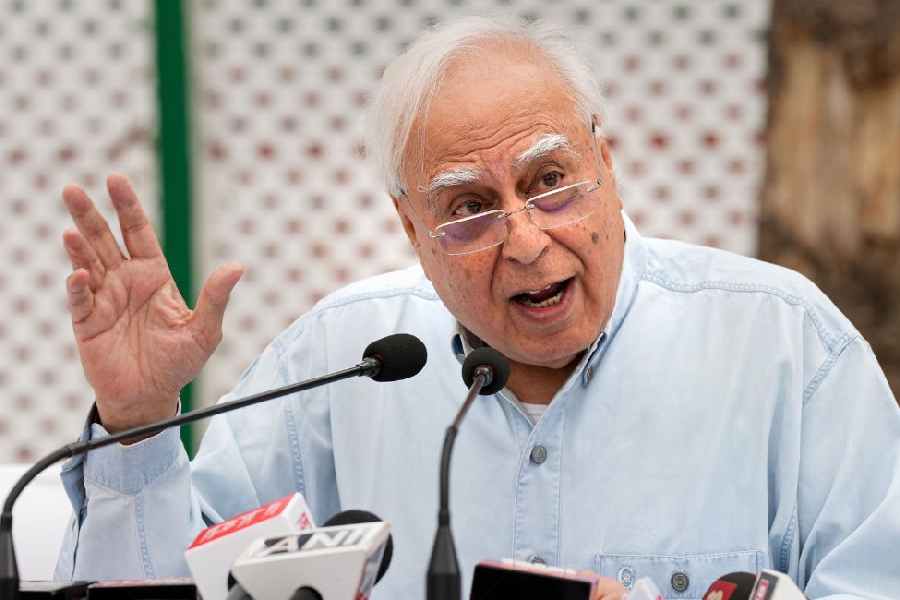 |
The Life Insurance Corporation of India (LIC) has just announced that it is reshuffling the portfolios of its top management. Managing director D.K. Mehrotra has been given investments and information technology, among other things. The latter was earlier handled by another MD, T.S. Vijayan. Investments were the charge of yet another MD, K. Sridhar, who has now a wider portfolio including international operation and HRD. Vijayan will now look after marketing and finance.
The specifics don’t really matter too much. What is important is that these potential candidates for the top job at LIC are being given exposure to several departments. You could call it high-level job rotation. And the fact that a public sector organisation is doing it speaks volumes for the new culture that is sweeping Corporate India.
“Earlier, job rotation only meant giving the scion of the business family a familiarisation course,” says Mumbai-based HR consultant Shashi Rao. “They called it starting from the bottom. But it was really an escalator to the top with pit-stops on the way.”
Rao says that there is nothing wrong with that system. It is far more enlightened than an MD stepping into the CEO’s shoes straight out of college. What she would like, however, is that companies begin the process at much lower levels.
In the past few years, some have been doing it. At LG India, more than 2,000 employees have gone through a form of job rotation. At IBM, India is following global norms. “The mobility here is unbelievable,” says a spokesperson.
|
These are multinationals. And they may be expected to put their international HR practices into play in India too. But there are several Indian companies getting into the act.
“TCS follows a systematic job rotation process,” says the company. “We believe in shaping your career while ensuring that your skills are maximised. Consequently, you get exposed to different industry and service practices.”
A critic, who is a consultant to several of these companies, introduces a note of caution, however. “You have to see the motives behind this before giving it a seal of approval. In many manufacturing companies, it is because voluntary retirement schemes have slashed the workforce requiring the workers remaining to add skills. It is not true job rotation.”
How does job rotation help? First, it reduces boredom. It cuts work stress and helps innovation. The other side of the coin is that it involves sometimes expensive retraining. Also, particularly in India where employees don’t have much protection, it can be misused. Job rotation often ends up as punishment transfers.
Rao bemoans another fact. According to her, there is a class system across the employee spectrum. “Most Indian managements cannot conceive that a worker on the shopfloor can one day rise to the very top,” she says. “Thus one of the key benefits of job rotation ? to give an employee a wider experience and enable him to rise from the ranks ? is ignored out here.”
But times are changing. The employee himself is the last hurdle. You better be prepared to overcome your resistance to giving up the tried and the tested.











